Superintendents' perceptions of the relationship between district teacher indicators and performance ratings as reported by the South Carolina Report Card
Abstract
The purpose of this mixed-method study was to determine whether a significant relationship existed between school district teacher profile indicators and student performance ratings, as reported by the South Carolina Report Card. The purpose of this study was also to explore the perceptions of South Carolina superintendents regarding the impact of district teacher profile indicators on performance ratings, as reported on the South Carolina Report Card. Additionally, the purpose was to discover major barriers and challenges to the recruitment and retention of teachers. In the quantitative phase, the Pearson product-moment correlation coefficient was calculated to analyze archival report card data from 76 school districts for the 2011-2012 and 2012-2013 school years. The researcher examined the relationships among performance ratings of public school districts and (a) teachers with advanced degrees, (b) teachers returning from the previous year, (c) teacher attendance rate, (d) average teacher salary, (e) vacancies for more than nine weeks, (f) classes not taught by highly qualified teachers, and (g) the average number of professional development days per teacher. Related to district performance ratings, the results revealed significant relationships between (a) teachers with advanced degrees, (b) teachers returning from the previous year, (c) average teacher salary, (d) vacancies for more than nine weeks, and (e) classes not taught by highly qualified teachers for both years. Teacher attendance rate was significant for the first year, and no significant relationship was revealed for average number of professional development days per teacher during the two-year span. In the qualitative phase, the researcher conducted 10 interviews with superintendents who expressed the opinion that classes not taught by highly qualified teachers and average number of professional development days per teacher had the greatest impact on student achievement. The recurring themes that emerged from the qualitative phase of the study were (a) competitive salaries, (b) culture of learning and stability, (e) leadership that supports and values teachers, (d) quality professional development, (e) student achievement, and (f) teacher recruitment. Competitive salaries, geographical location, and the letter grade rating on the state report card emerged as barriers and challenges to the recruitment and retention of qualified teachers.
Subject Area
Educational leadership
Recommended Citation
Gamble, Anthonese Knight, "Superintendents' perceptions of the relationship between district teacher indicators and performance ratings as reported by the South Carolina Report Card" (2014). ETD Collection for Fayetteville State University. AAI3581417.
https://digitalcommons.uncfsu.edu/dissertations/AAI3581417

